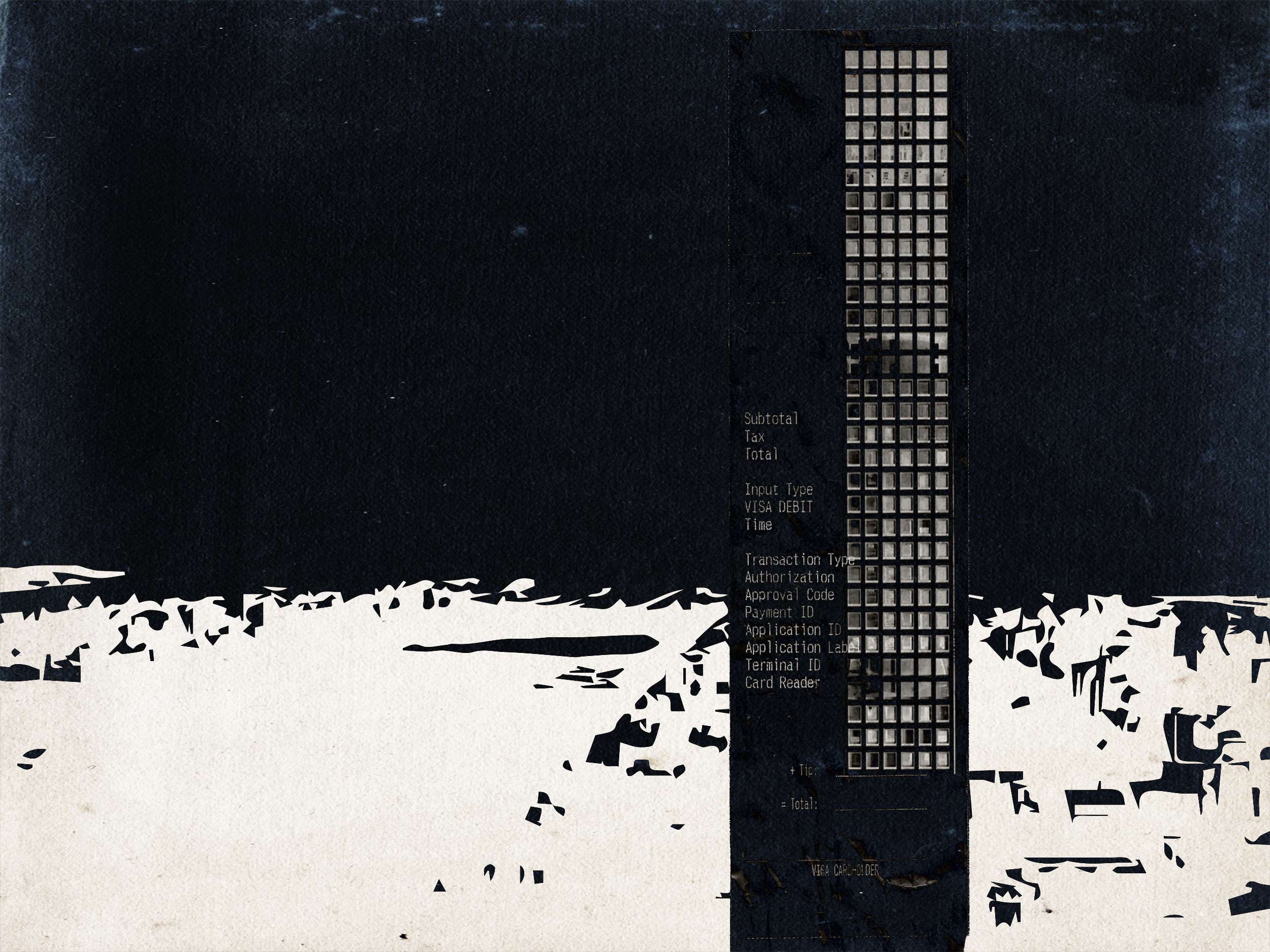On Billionaires’ Row, some units are not residences, but rather act as cash vaults for their ultra-rich owners
At first impression, the skinniest skyscraper in the world, which recently completed construction on Billionaires’ Row, is an outstanding feat of architectural ambition. Steinway Tower stands at over a quarter mile high, and is no more than 60 feet wide, which is an inarguably spectacular height-to width-ratio. But its creation begs critique, as it is the most recent addition to a mass of largely unoccupied units sitting south of Central Park, priced at stratospheric costs with tax breaks that would impress even the accountant of a certain former president.
The massive and ever-expanding wealth gap is certainly public knowledge, as headlines about billionaires’ eccentric purchases run side-by-side with those about evictions and labor law violations. But the empty units on Billionaires’ Row serve as (giant) physical reminders that the ultra-rich aren’t gazing down from their penthouses at the houseless population seeking shelter in the park below. Not because they are contributing to affordable housing projects, but rather because they are inhabiting a different piece of real estate that they own. In fact, the owners of such apartments have often never even set foot on these properties. While some do serve as primary residences, often they are vacation homes, and for others the property investment serves as a vault of cash that will sit dormant until needed.
As the city’s density makes expanding outward implausible, or at least stupidly expensive, many buildings, like Steinway Tower, acquire air rights that let them build upward, consequently changing New York’s skyline so that it reflects the growth of wealth inequality among its residents. For the elite, constructing housing is no longer about, well, housing people. It’s capitalist greed disguised by architectural ambition that further concentrates wealth, and then, inevitably, access to housing, health care, food, and other necessities of life. However impressive it may be to construct a straw-like building, Steinway Tower represents innovation not for the sake of progress, but for the sake of displaying the excess of money and power required to create it, reminding us that it is not a lack of resources or knowledge, but the distribution of resources and knowledge, that is inhibiting the remedying of societal injustices.







